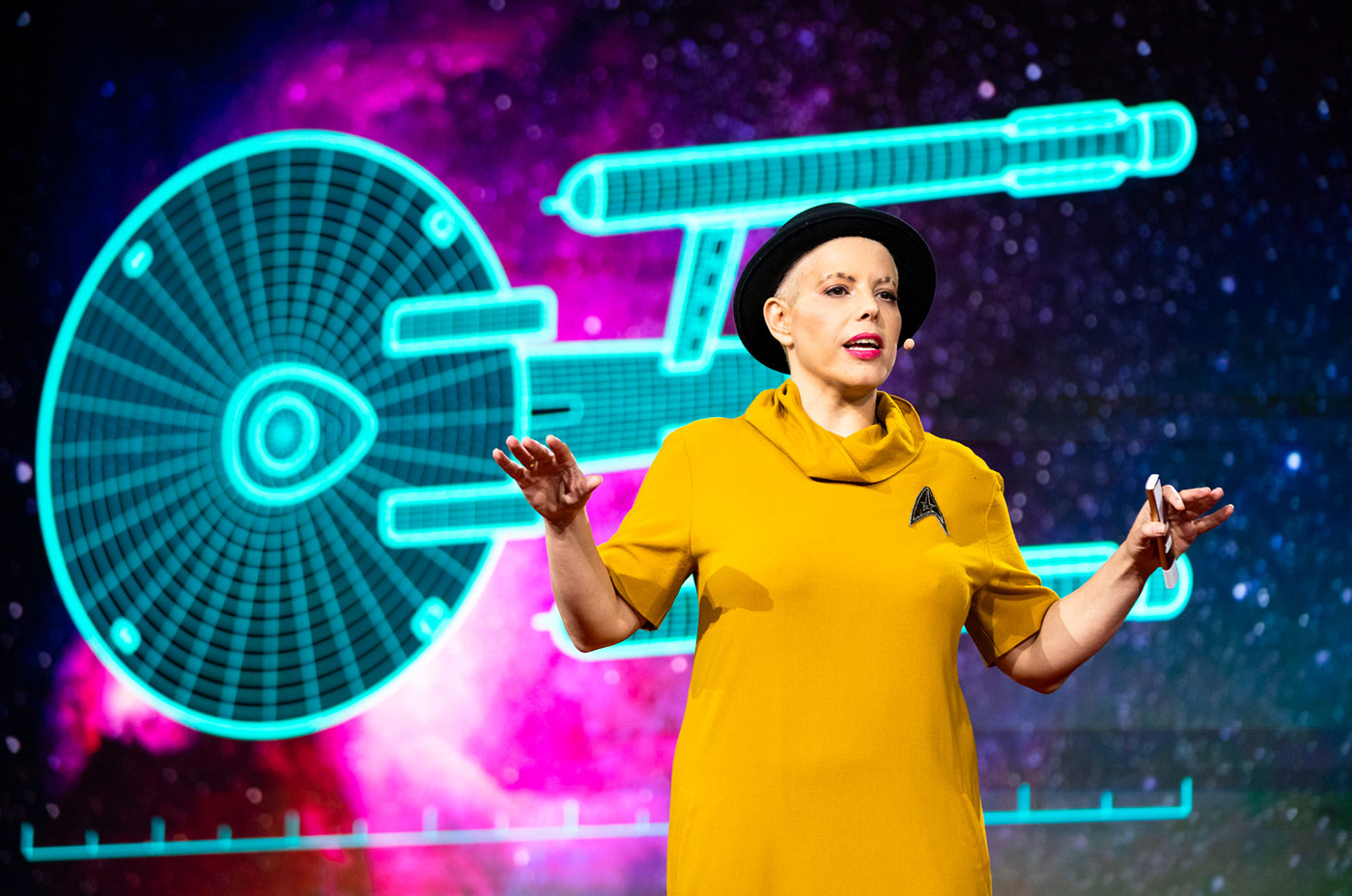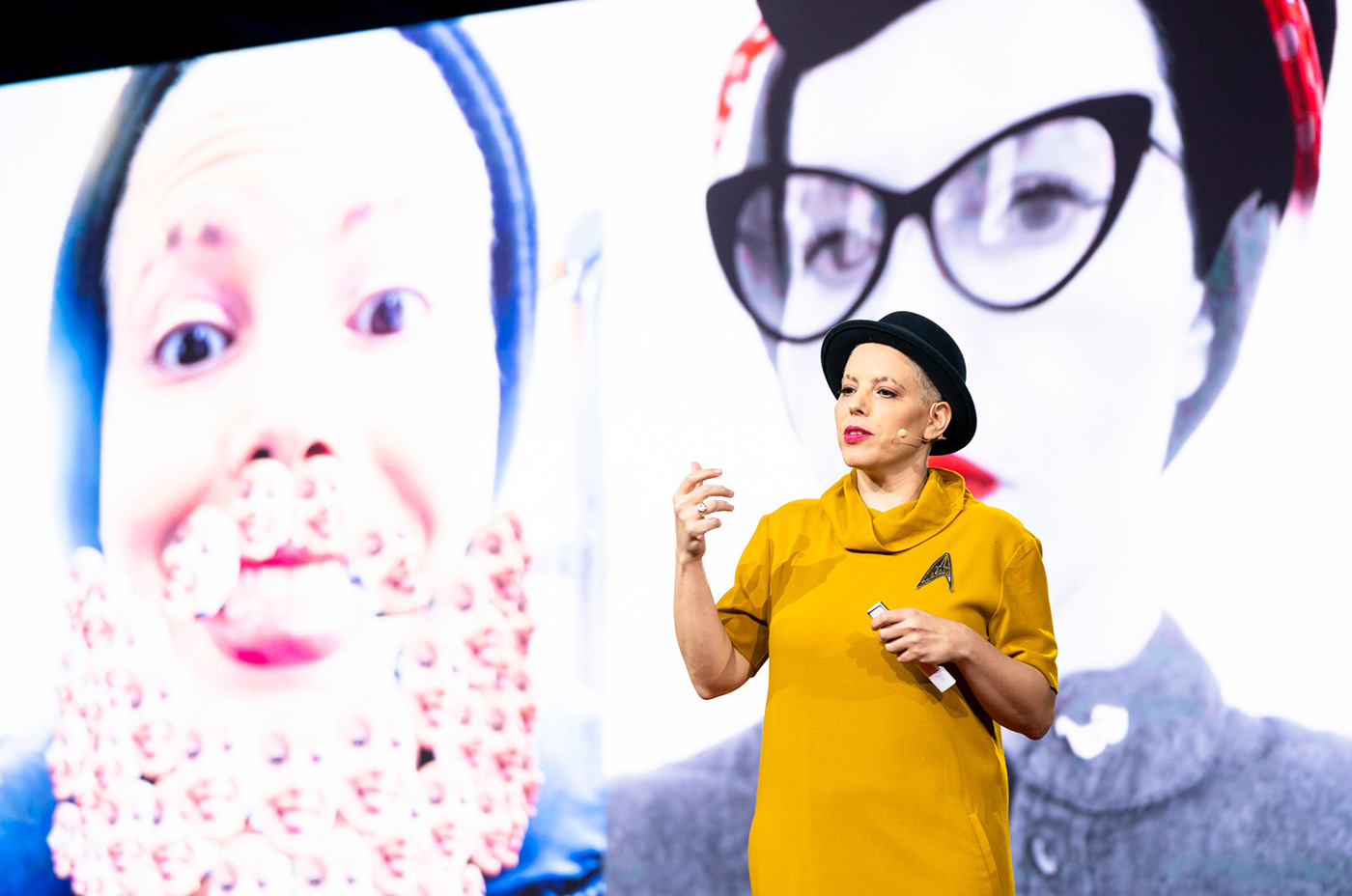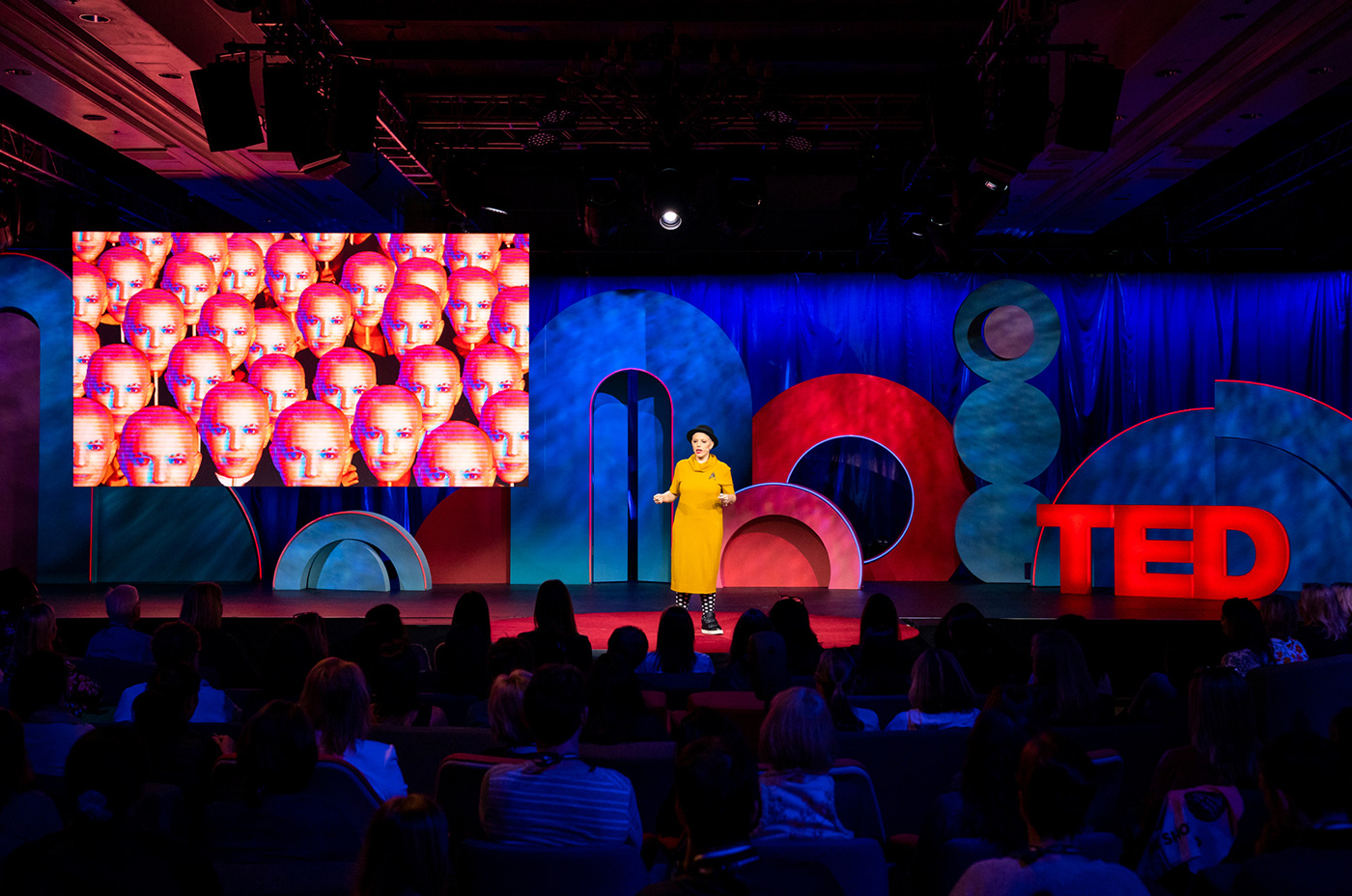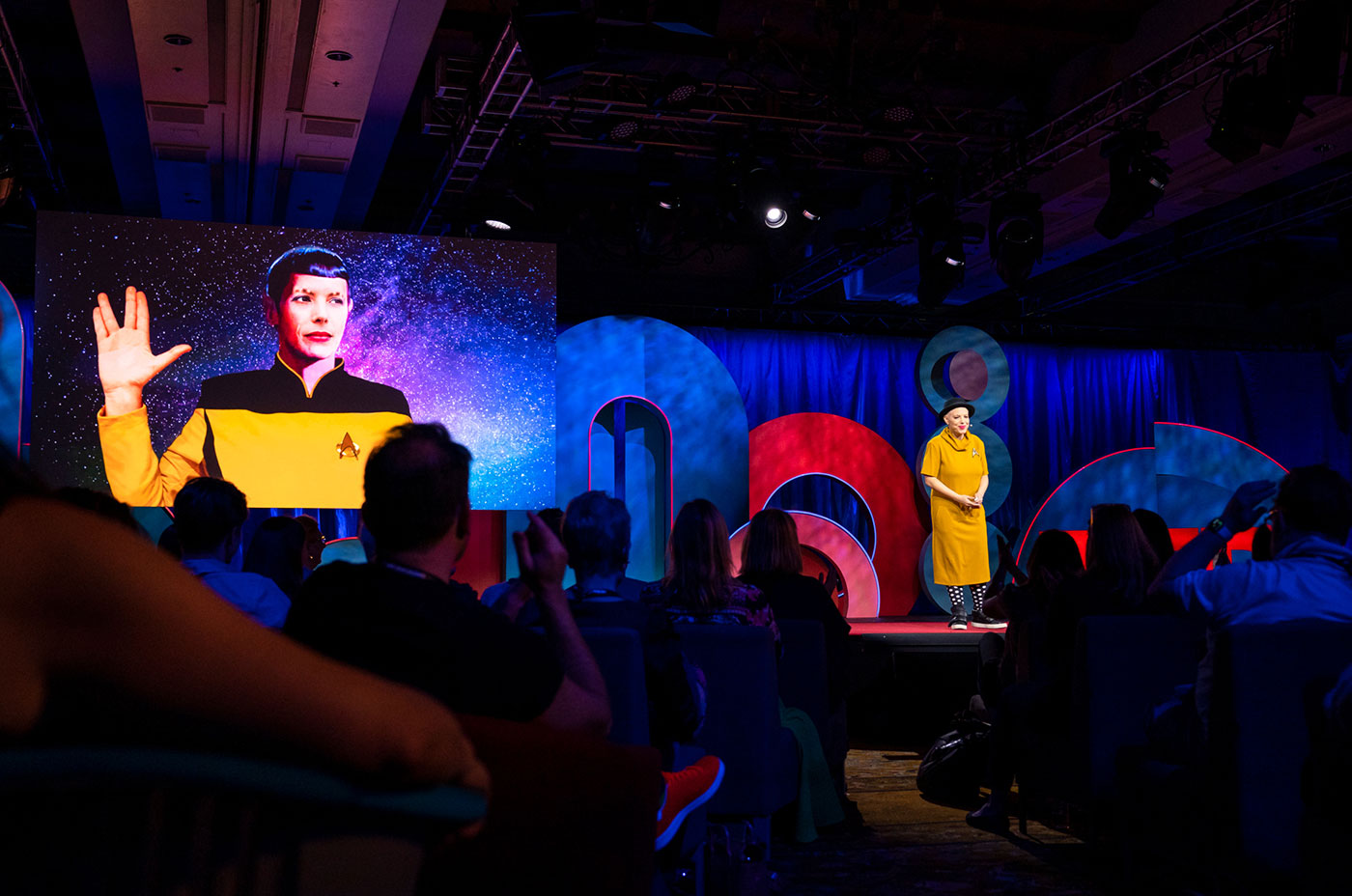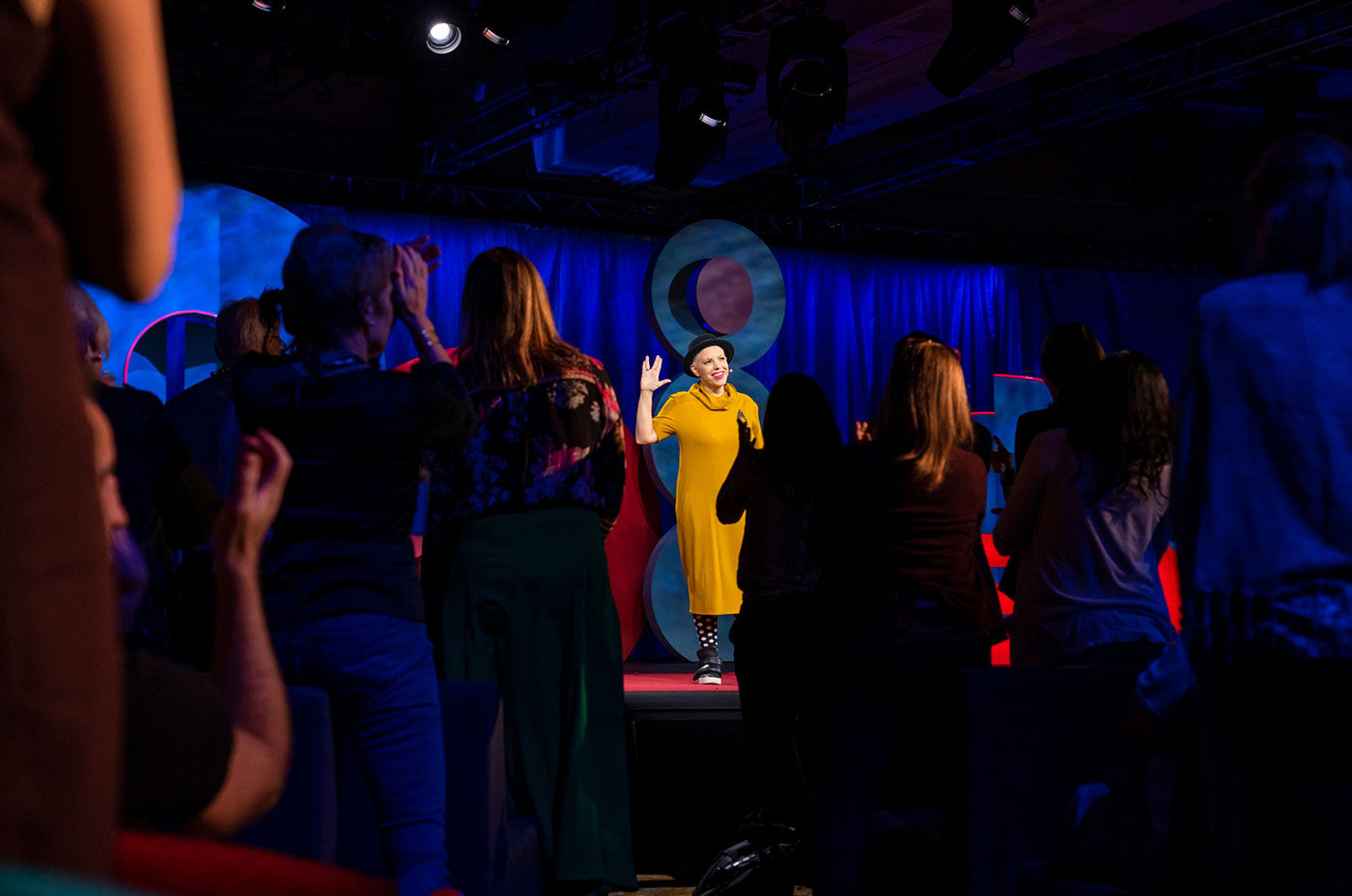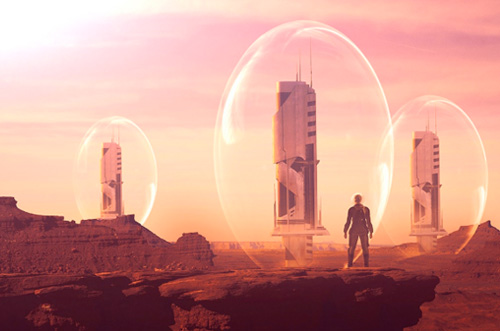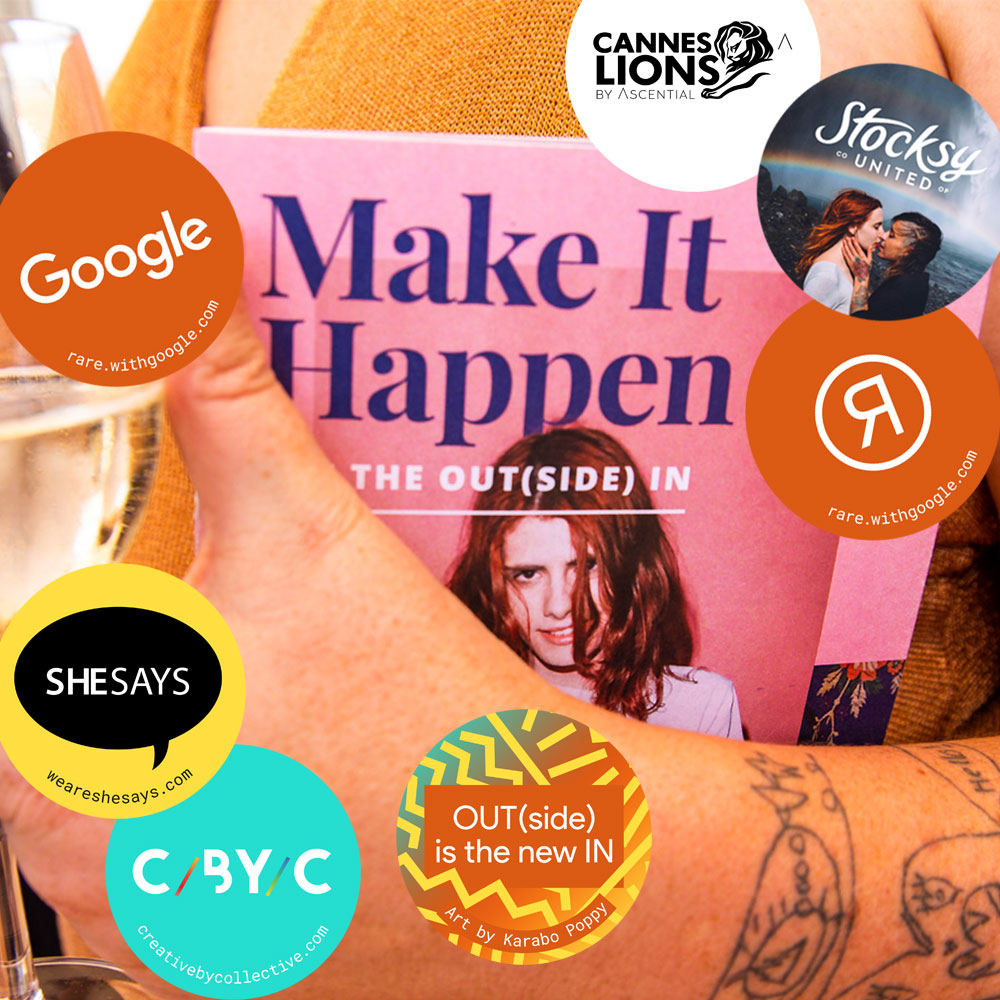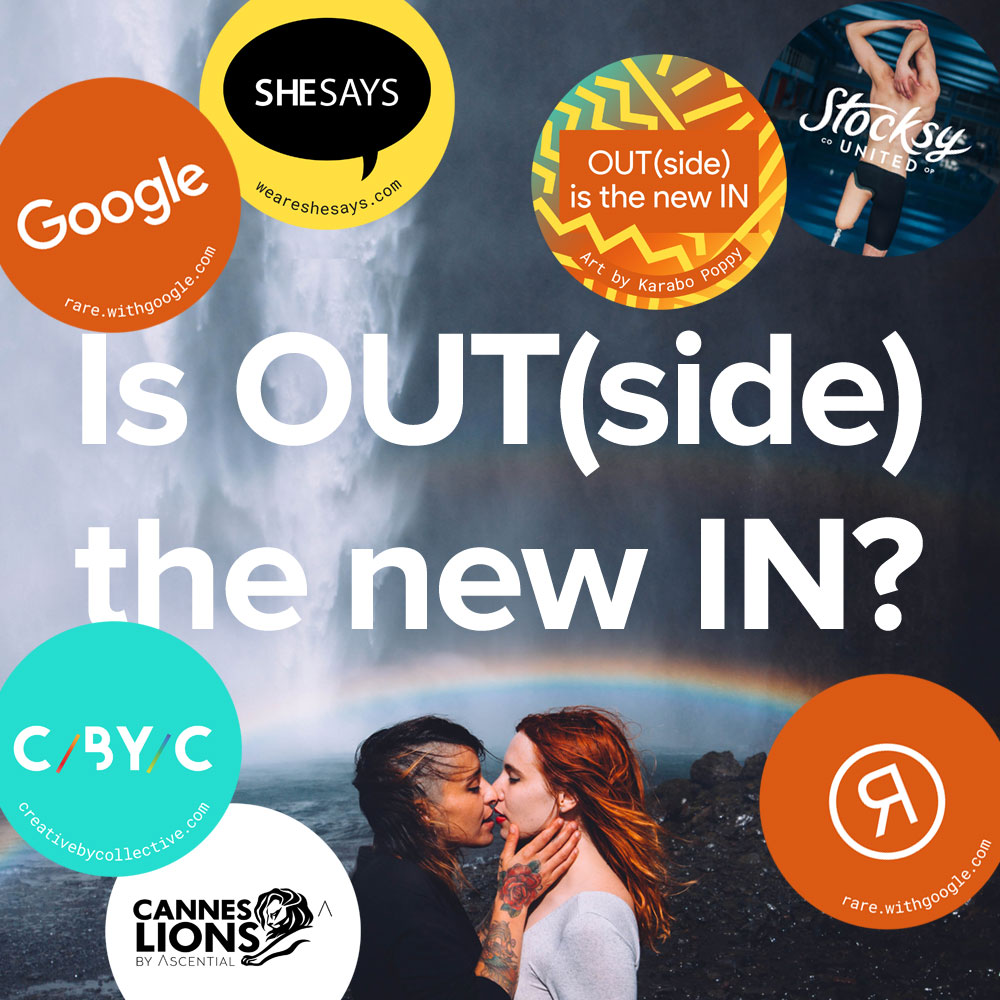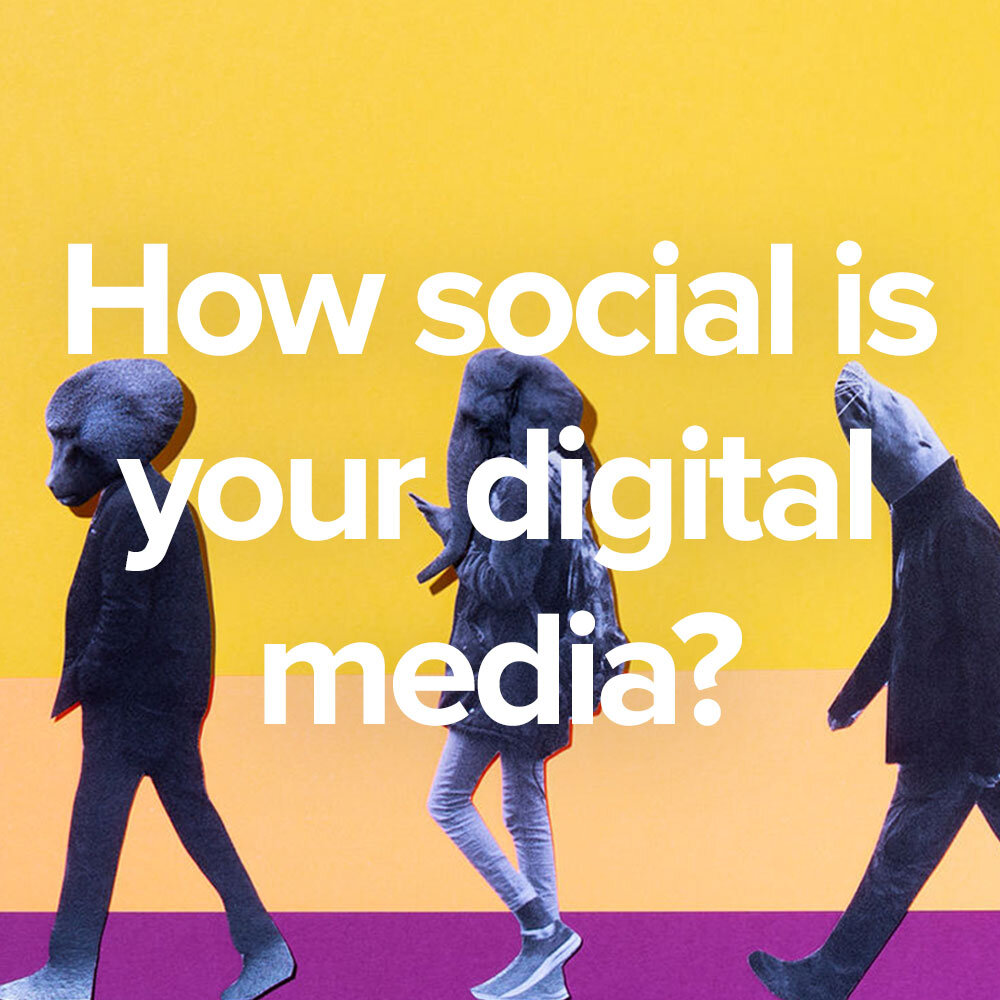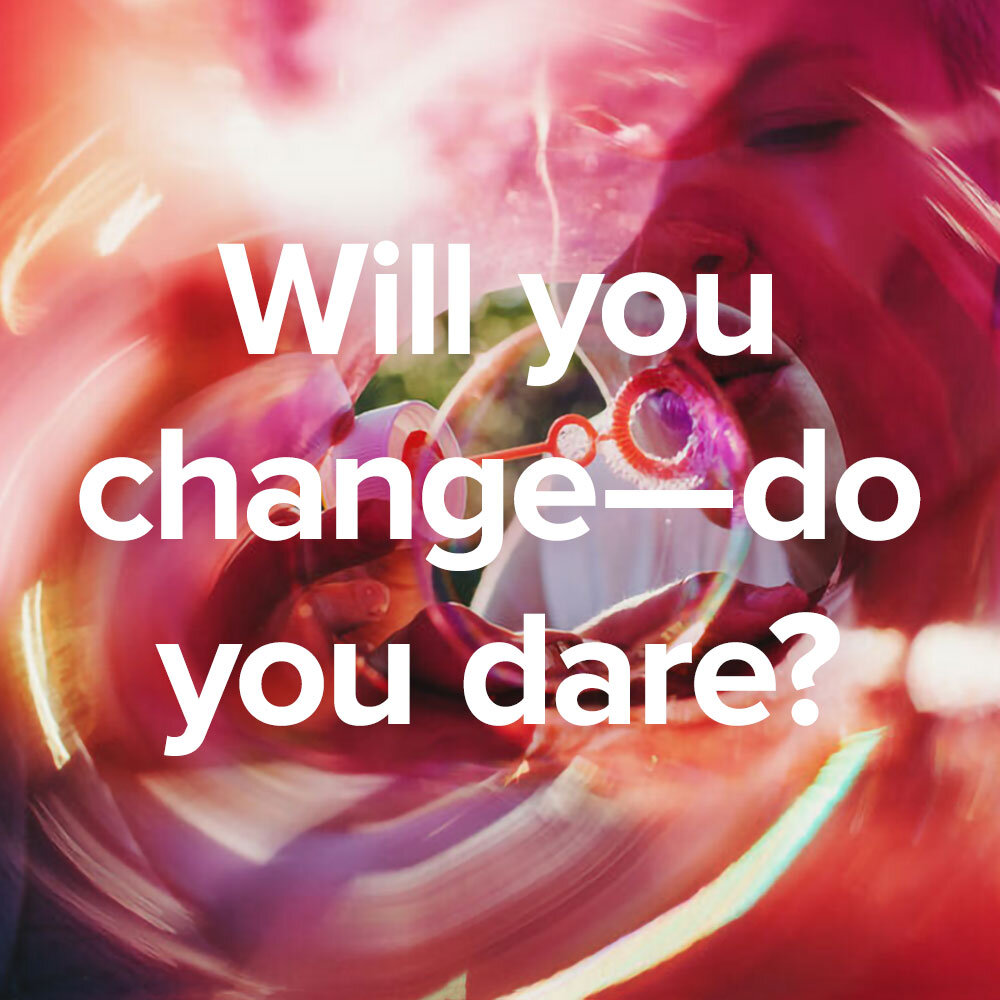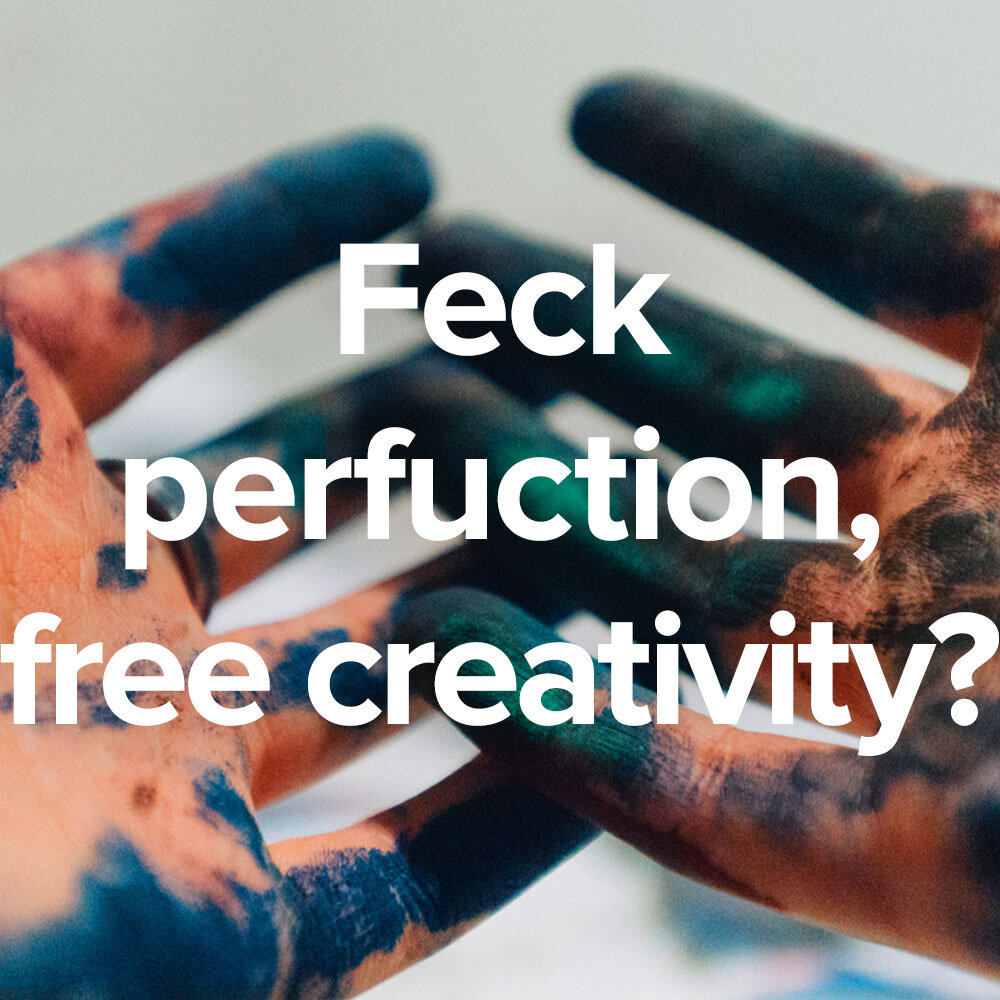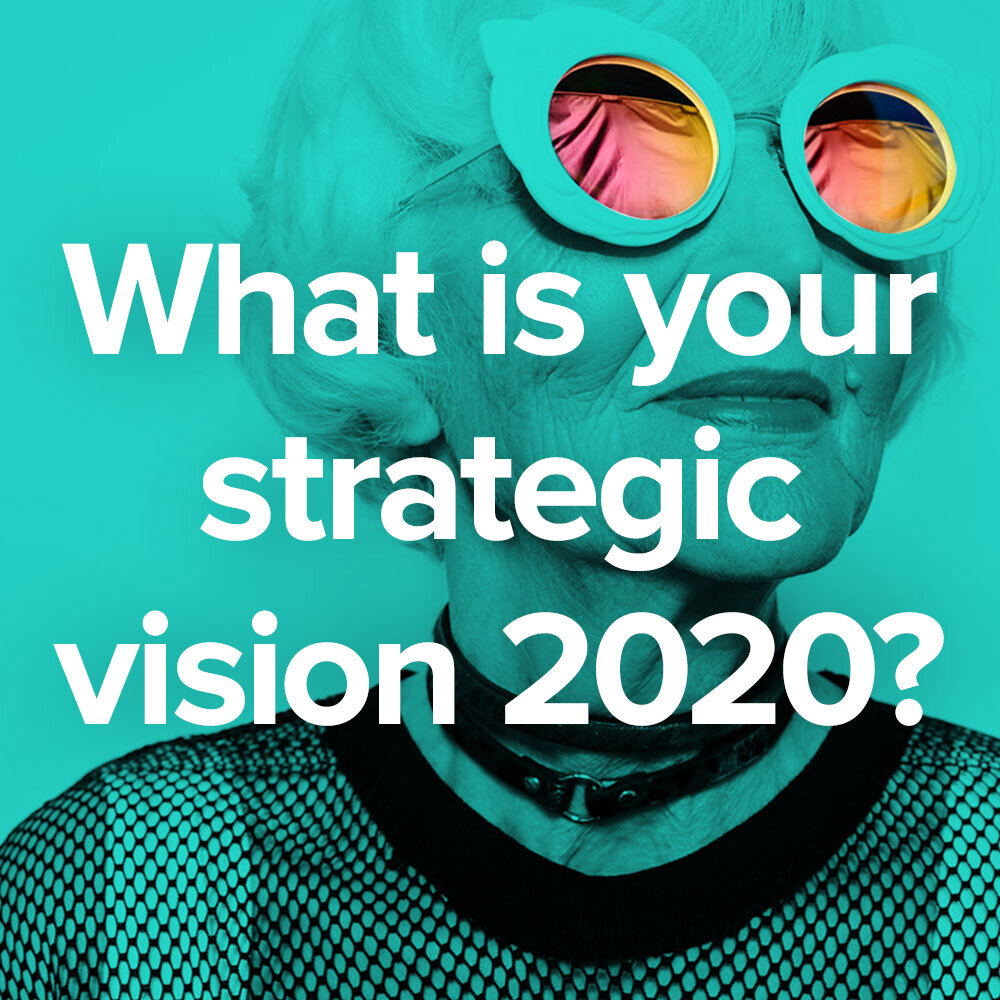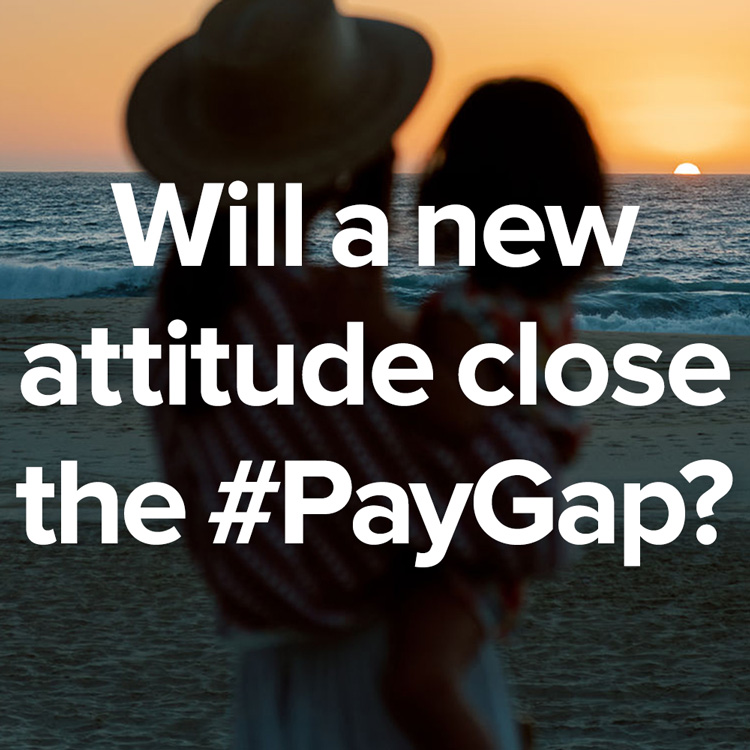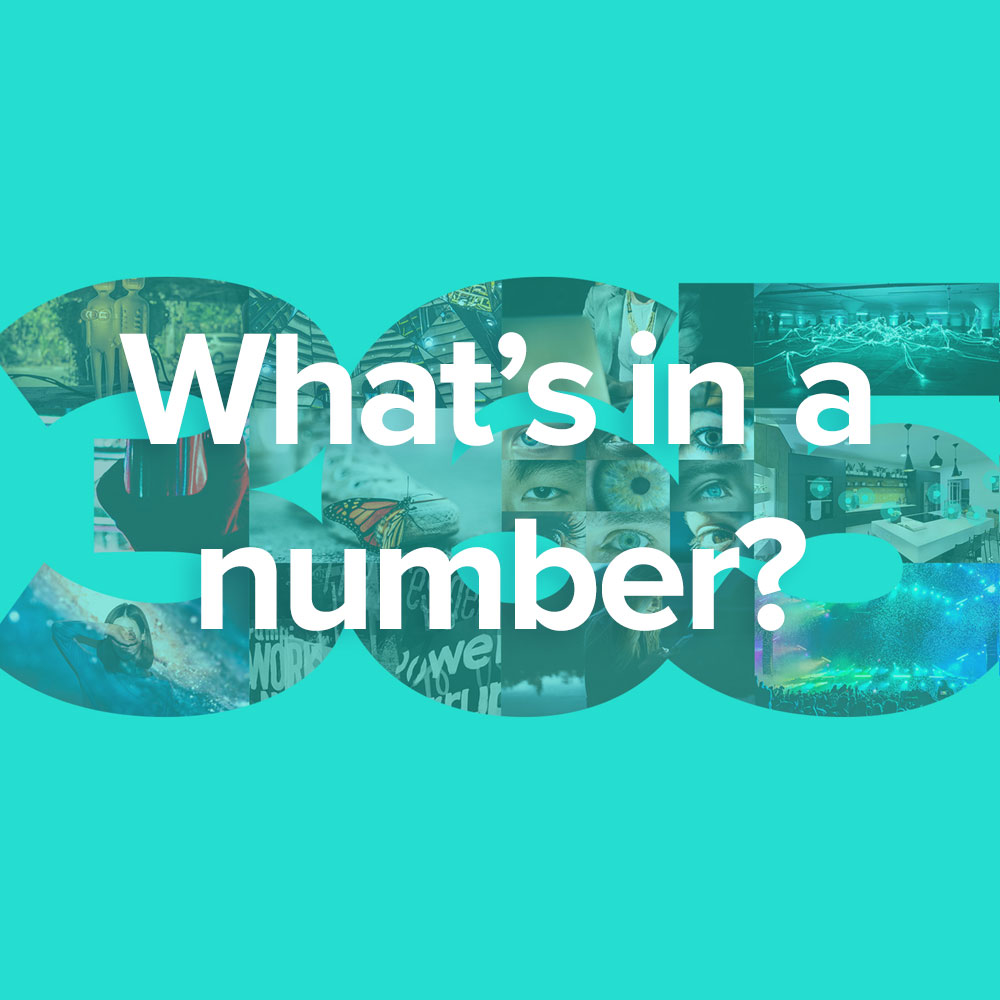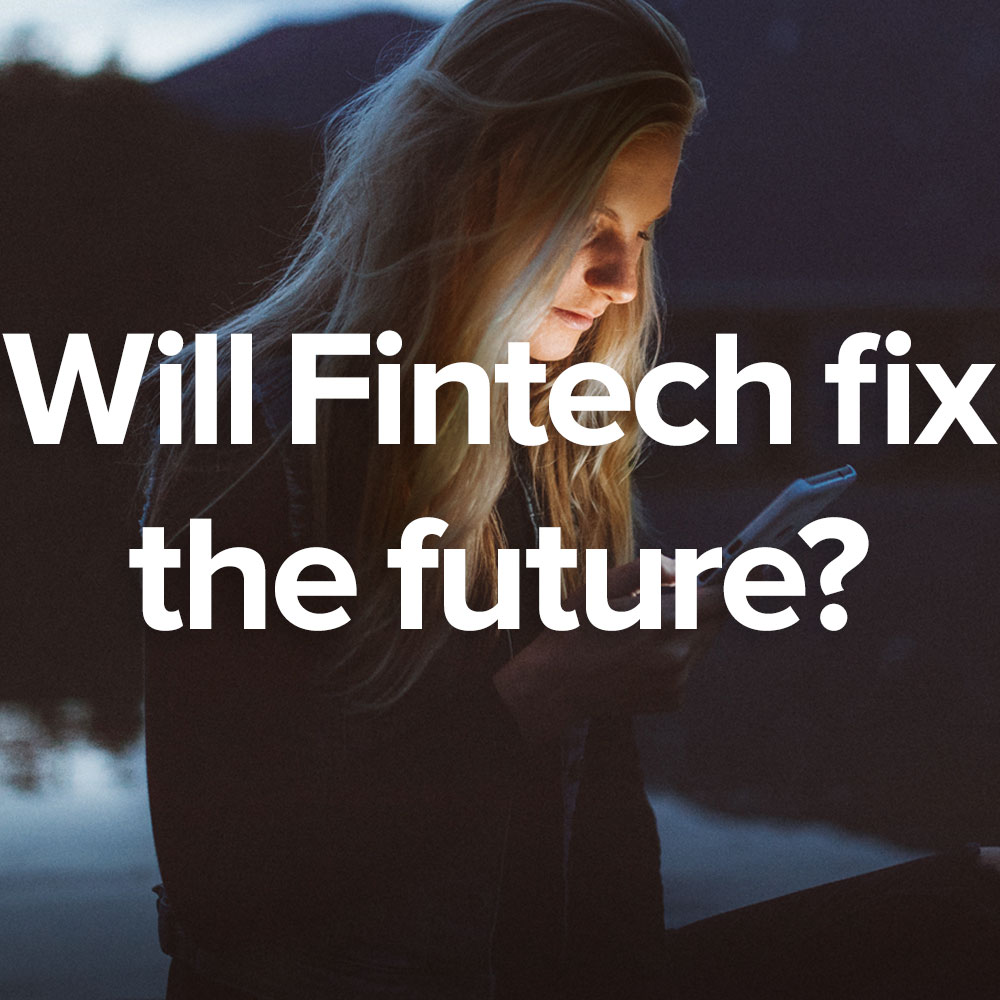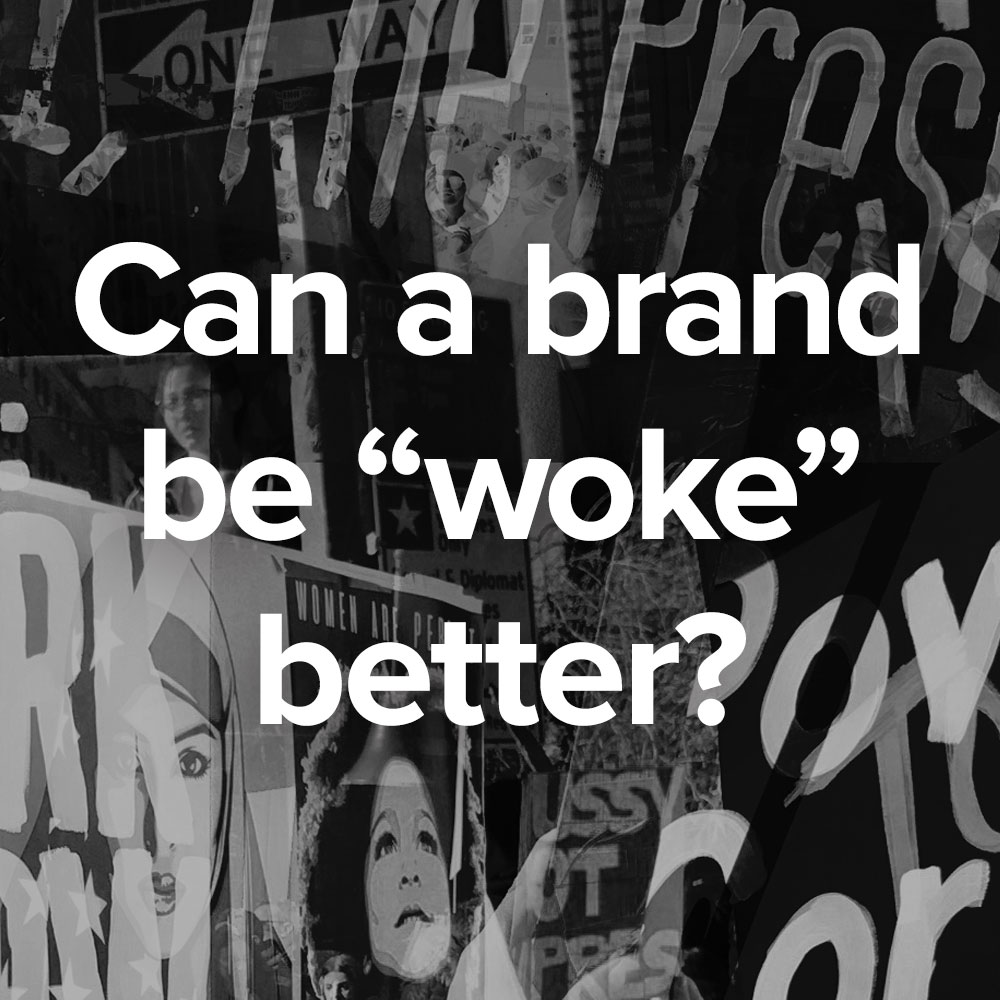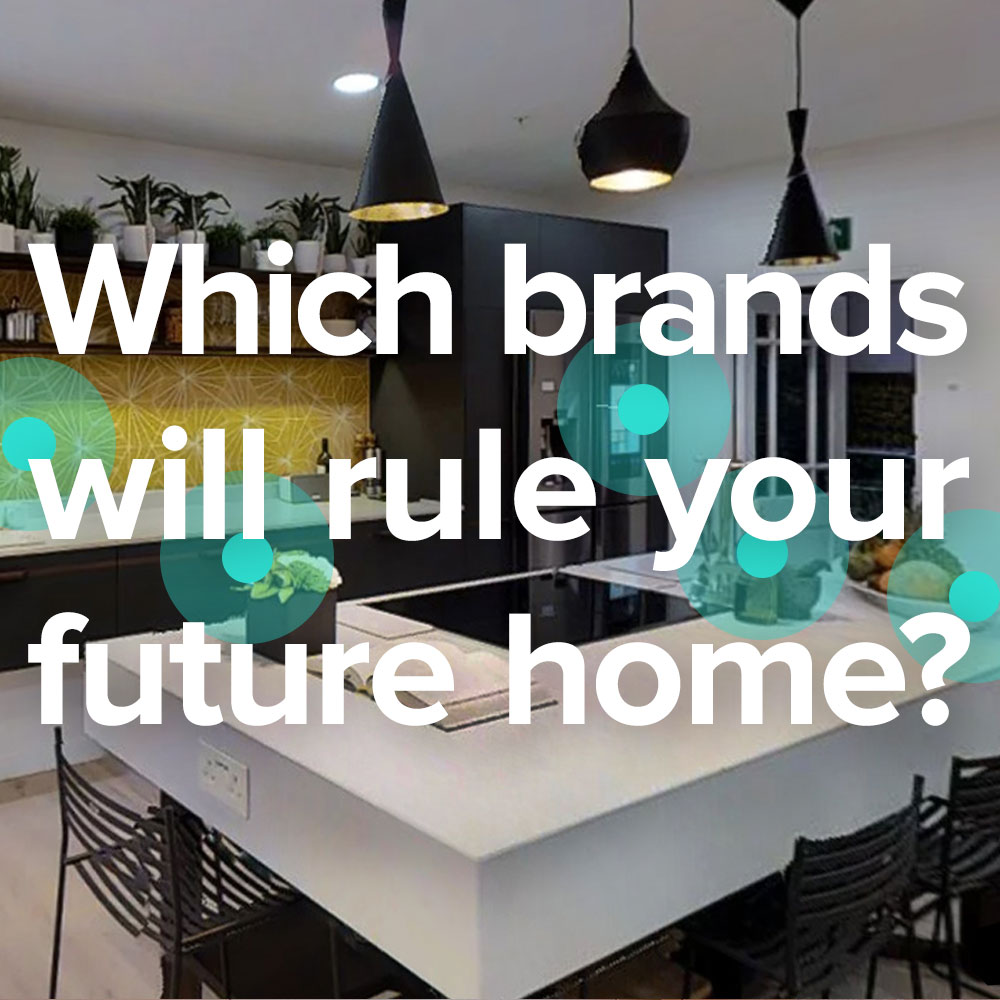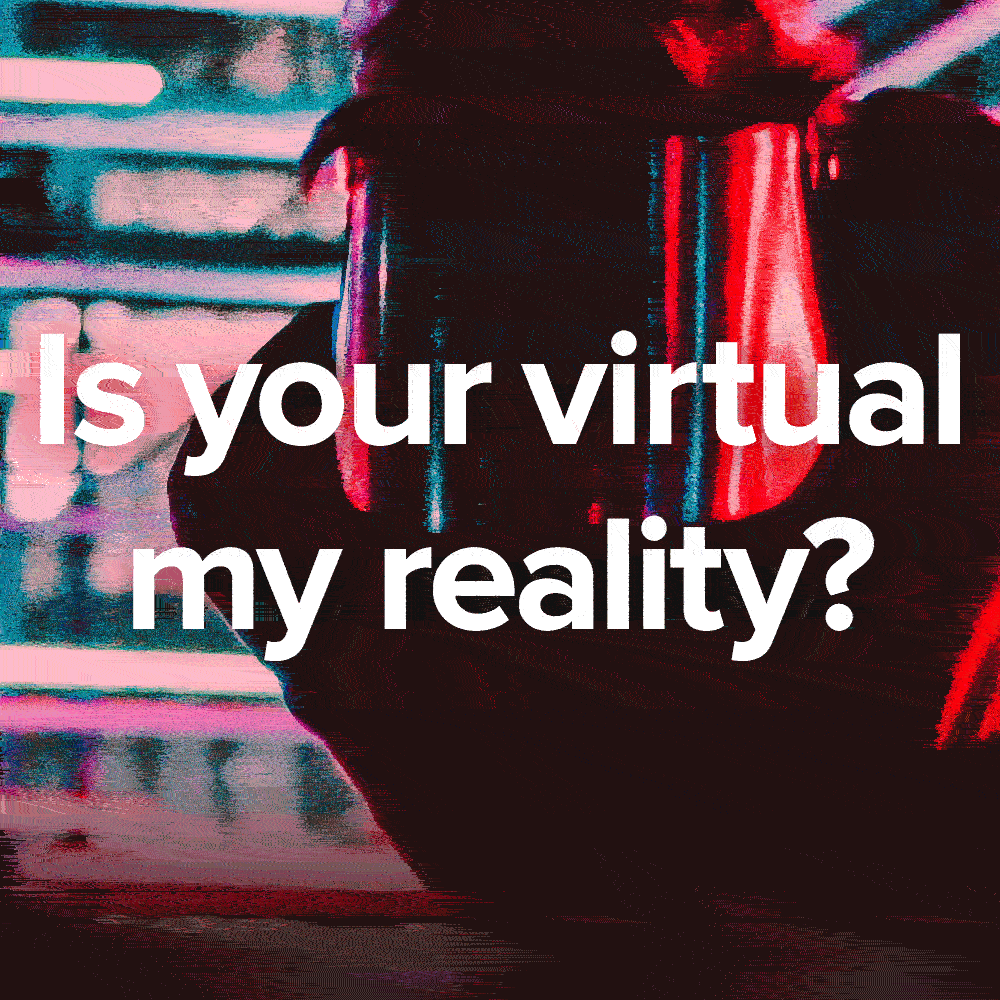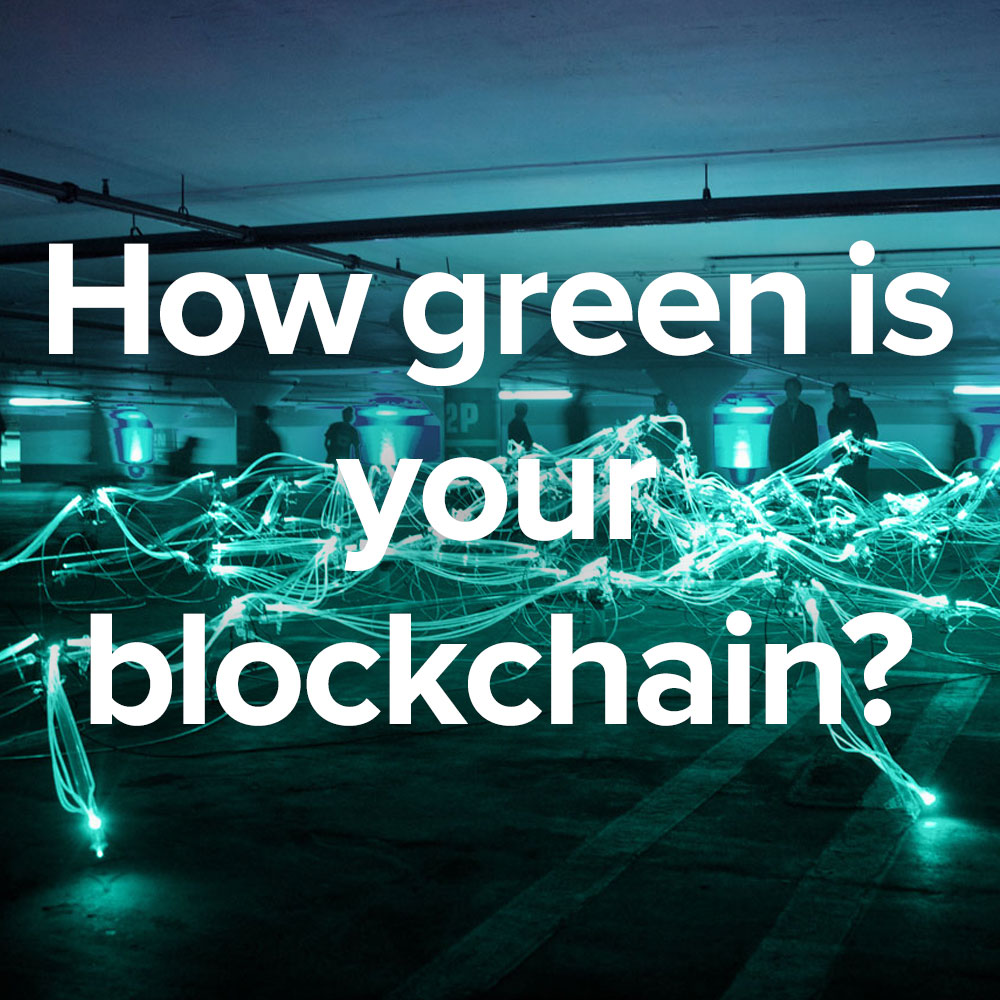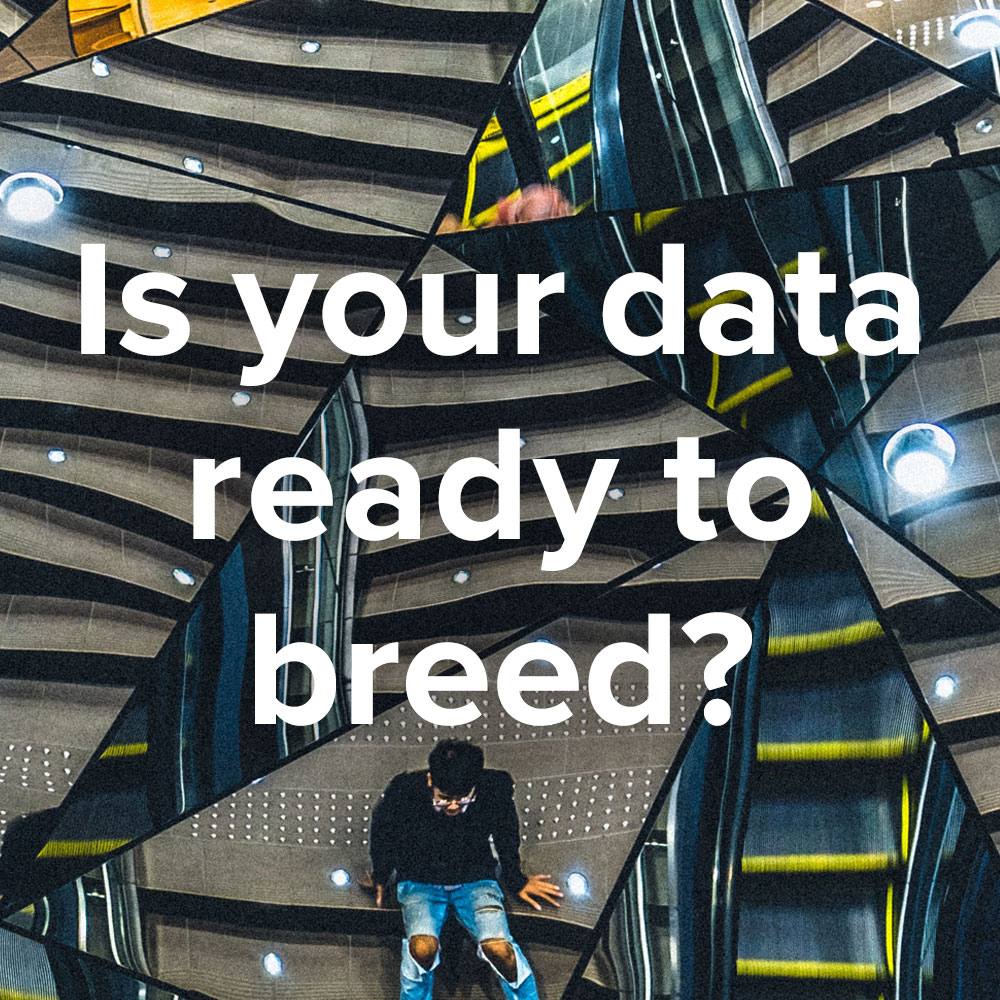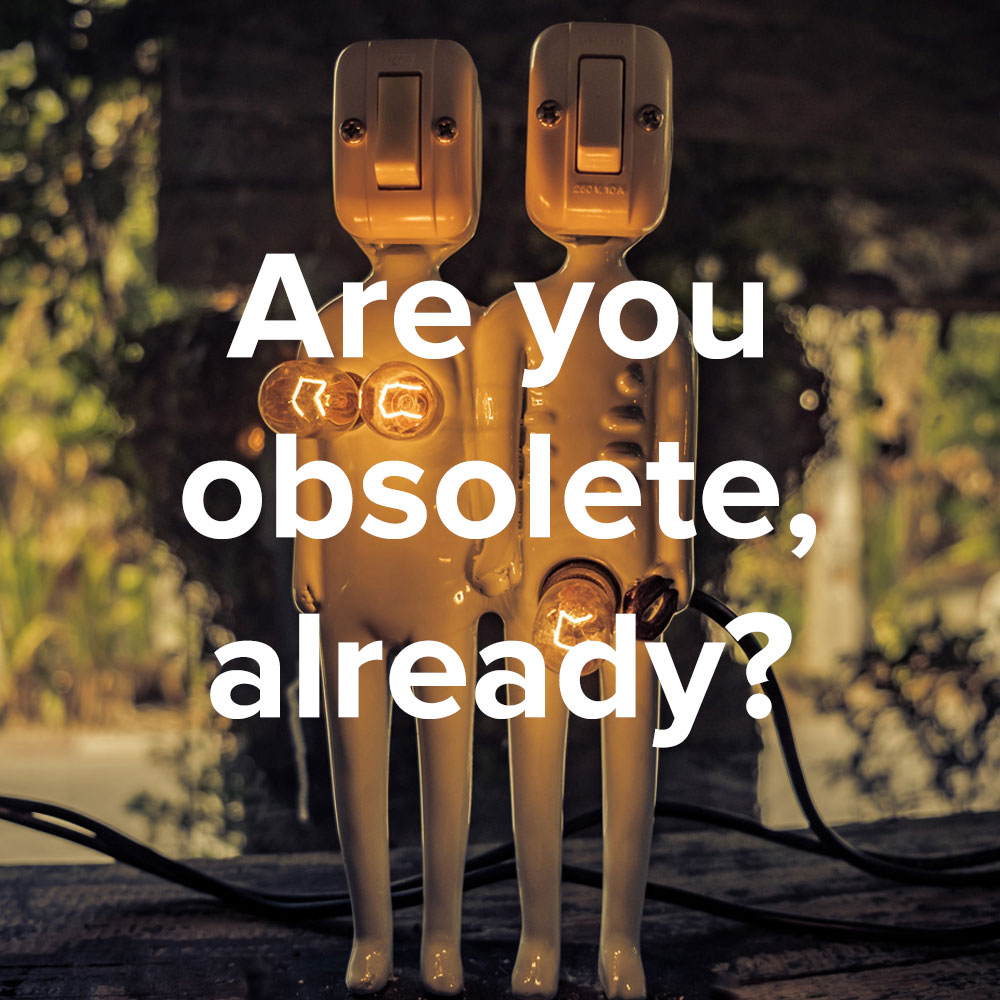“_________”
Galit on Augmented Reality.
Emerging technologies are finally maturing. Brands that are not set up to be part of the game are going to be left behind. Brands should be thinking about how to integrate immersive technologies in a manner that would make sense to them, a stage that’s needed. And this is something that brands need to understand, especially with augmented reality, that this is not just a technology, it’s really a new interaction platform.
— Galit Ariel
Immersive Space Explorer, TechnoFutures, Human[ity]-Centred Tech & TED Speaker
— As my kid likes to say, I’m not gonna lie. I’m not going to tell you I knew what a Holodeck was before I talked with Galit Ariel, a well-renowned TechnoFuturist, author and immersive space explorer. Born in the startup nation—Israel—her career was forged across Europe—from London to Milan and Amsterdam—until she submerged herself in Toronto’s vibrant tech scene.
I’m also not going to tell you I know what it is now, even though I did look it up on Wikipedia, and watched a couple of YouTube videos on it, including one from Star Trek (see below), from which the Holodeck came. It wasn’t all that long ago that there was no YouTube (and no Wikipedia either). Go back further, there was no Star Trek (I don’t remember that time, but I've been told about it in oral histories and folktales). But there was always imagination. My imagination is limited by the same boundaries that keep me from grasping the beauty of the Holodeck. Galit’s imagination starts where mine ends. I envy her ingrained augmented reality.
Galit’s current AR projects involve creating an augmented experience around traditional spaces and art forms – including the opera. It’s her goal not to re-invent our experiences in the physical world through the use, but to re-imagine it. So one day soon perhaps you will go to a night at the opera (branded by a dating site, perhaps), and next thing you know, you are right in the scene with Figaro. Is this the real life? Is it just fantasy? Galit assures me we will find out soon enough. Magnifico!
We have augmented reality, augmented virtual reality, and virtual reality. Where are the boundaries?
Galit — The idea of having spatial computing or immersive space is adding and experiencing digital content into the physical space of where you’re at. And that is ultimately Augmented Reality, or AR. We have, of course, Virtual Reality, or VR, which means that we experience digital content in a virtual space. So, VR and AR, let’s say, are the most popular terms in spatial computing. We also have Augmented Virtuality, or AV, it sits in between them, that's when we experience physical content and experience it in a digital space. So, when we create 360 videos that capture a physical space, and experience it through in a digital space, normally through a headset.
My head is spinning. Should it be?
There is a lot of confusion, at the moment, in a lot of mixed terminology, so some people refer to MR, mixed reality, as a high-fidelity augmented reality, which is not actually correct. Mixed reality traditionally really just talks about any case where we mix the digital and physical and includes Augmented Reality and Augmented Virtuality. And I think we are getting to a point that we will have, kind of, a fluid transition between augmented reality, augmented virtual reality, and virtual reality. So, it’s just better to talk about spacial computing in general because it describes the way that we simulate, kind of like a representation of a spacial entity and our existence or presence in it.
“If you’ve ever used facial lenses and filters, you’ve been using augmented reality. Snapchat filters are one of the best cases of augmented reality. A lot of people are using them, without being conscious of the fact that it’s AR. But it is digital content that is reactive to you in real time. So, it’s a better example than, Pokémon Go.”
What’s your role these days?
I narrated a book called Augmenting Alice: The Future of Identity, Experience and Reality (see below), a couple of years ago. And it talks about the context and impact of immersive technology and augmented reality in particular. Since then, I’ve been doing a lot of talks, workshops and consultancy around implementing augmented reality and how it will affect the colloquial economics, societal, cultural and even spiritual facets of the human existence.
I sense you’re a science-fiction fan. Who were some of your favorite authors when you were growing up? Did their stories influence you in becoming a celebrated augmented reality and immersive space explorer?
William Gibson, Philip K. Dick and Issac Asimov were my holy trinity. And I'd have to add Douglas Adams...they could envision quite vividly the context of complex human mechanics and reactions to a science technology's own mental, social and moral level. And that definitely, definitely ingrained in me the notion that ultimate sociotechnical futures are not just plausible but inevitable.
In relation to AR specifically, yeah, Star Trek obviously was, for me, one of the most ground-breaking experiences, I would say. It envisioned so many technologies that have materialized today, from automatic sliding doors to handheld mobile communications, Bluetooth, wireless, tablet computers, all originated almost solely from that series and movies. And we're seeing the holographic—obviously the Holodeck—that was looking into creating spacial computing experiences, was also definitely the most influential kind of future-gazing concept in sci-fi that has influenced AR and VR today.
Is there a particular story or point of view from science fiction that you’d most like to see brought to life with a real-world digital experience?
Well, yeah, for me it’s still the Holodeck. When we get to the Holodeck, as a fully sensory, tactile, real-time rendering experience, I will feel like I have lived.
So as AR technology advances, are brands keeping up? How’s that working?
I would say we have seen a particular tendency to apply immersive technology and AR with specific brands, mostly sports brands. So Nike and Adidas have leapt and are experimenting on different mediums and levels with it, which is quite interesting. The entertainment industry and entertainment brands obviously are looking into it. I’m seeing some tastings of it by other brands but not a lot, not enough. I think everybody is kind of sitting and waiting still to see what AR will do, and for it to be a little bit more diffused. It’s still more used as a marketing stunt rather than a truly functional technical tool or a real experiential environment. And a lot of that comes from the fact that we still have limitations around AR and some behavioral gaps. There are a lot of things that we need to understand in terms of how people want to experience things via AR versus our perception of what they might like to do.
“William Gibson, Philip K. Dick and Isaac Asimov, were my holy trinity. And I’d have to add Douglas Adams...they could envision quite vividly the context of complex human mechanics and reactions to a science technology’s own mental, social and moral level.”
“And that definitely, definitely ingrained in me the notion that ultimate sociotechnical futures are not just plausible but inevitable.”
No killer apps yet?
No, once we take aside Pokémon Go, which its mass popularity was quite short-lived, there hasn't been a really killer app yet that is really setting a tone for brands or kind of telling them that there is a really viable solution or money-making solution there; this is the biggest problem because we’re kind of trapped in a model of industry kind of requiring a return on investments straight away. And it kind of limits sometimes the phase in which AR is at, which is experimental. I’m seeing a lot more interesting things happening in labs, arts and the creative industries than the brand and commercial industries.
Will that change?
Yes, I think it will change quite quickly because we are really at the cusp of having breakthrough technologies that will enable the wide diffusion of AR.
Such as?
So, 5G is definitely one very, very important tipping-point technology that will allow us to have multi-user, real-time and more energy-efficient application of AR. We need to have enough content, we need to have enough developers, we need to have enough affordable hardware, but that is all coming. So again, I’m quite optimistic, and I think it's okay that brands are not applying it yet. It's better that they test it and see what makes sense to them.
You mentioned sports brands. Have others dabbled in spatial computing at all? Didn't go so well?
Well, I think with VR, some brands have kind of burnt their fingers in creating expensive VR experiences that didn't deliver in their minds the value of the investment. But that's again, you know, every brand needs to understand what is the value of any emergent technology to its customer and to the brand itself. And in the last few years, it felt like brands were just rushing to be part of the innovation and the disruptive innovation world, more than stopping to think what makes sense for them.
“Everybody is sitting and waiting to see what AR will do, and for it to be more diffused. It's still mostly used as a marketing stunt rather than a functional tool or an experiential environment. A lot of that comes from the fact that we still have limitations around AR and some behavioral gaps.”
“There are a lot of things that we need to understand in terms of how people want to experience things via AR versus our perception of what they might like to do.”
Do you get a sense brands are being over-cautious now? Has the pendulum swung all the way back the other way, so to speak?
There is a little bit of withdrawal in terms of innovation application from what I see in the world right now. Again, not necessarily the worst news, because again, application of technology needs to make sense. Technology is only a tool, it should not be the destination. It’s just a tool that helps you reach and apply certain behaviors and interactions and brand expressions. We are getting to a point where a lot of emerging technologies are finally maturing, so those brands that are not set up to be part of the game are going to be left behind. Right now, brands should be thinking about how to integrate immersive technologies in a manner that would make sense to them, a stage that’s needed. But they definitely should not lag behind, they should also start implementing them. And this is something that brands need to understand, especially with augmented reality, that this is not just a technology, it’s really a new interaction platform.
So brands that start exploring it early and adapting it early, in a smart way, will definitely be leading in terms of experience, design and consumer experience and value creation. And those that will stay behind, again, it’s a choice, but it's, you know, it’s a little bit like being a brand without any digital strategy today. I think very few global thriving brands are able to make it without a smart digital strategy. So having a strategy around immersive technology, say AR in particular, would be definitely something that will determine the positioning of many, many sectors and brands.
It requires foresight, it requires imagination, right, for brands to go down this path? And patience, it sounds like.
Yes, and balance between them.
Three things brands don’t always have.
Well, I think it requires, more than anything, long-term thinking, which not a lot of brands are honing at the moment, unfortunately. I don’t see a lot of brands imagining a long-term strategy or future. Hardly anyone speaks in 5-10 years terms. I see instead one-year plans, three-year plans at most, and again, yes, you have to be agile and you have to be reactive, but brands that don't have a long-term plan might not exist in the long term.
I would think you have a road ahead of you as a proselytizer for AR and its kin. Everything you're saying makes sense, everything is logical, and, you know, look how far we've gotten with social media and everything over the last 150 years from when banging railroad ties was the extent of business. But I just fear it's going to be kicking and screaming, you know. Is there a tipping point for more rapid adoption?
Yes, for me, it’s still the 5G, the moment the 5G will be established, that's the tipping point because, you know, what is interesting about AR is there are so many tools that are available for developers right now that allow a very quick learning curve. There are so many tools that are adapted in infrastructures and asset libraries that I imagine that we’re going to have a very, very quick content boom, but what it needs is to funnel in through the network. So the moment we'll have 5G, we’ll have all this content that is being independently created, funneled through whatever device you will use for it. I’m seeing the big tech companies investing a lot of money in prepping their devices, everybody is kind of aiming in that direction.
Again, on that commercial level, we’ll need to find the value in it, it needs to make sense, it needs to really give an added-value because the majority of applications that I’m seeing now are kind of trying to translate ‘behind a screen’ experience and just copy and paste it to the real world. And that just doesn’t work, because we react and you track with objects and technology in the real world in very different ways. So we will have this little learning curve of, what does it mean to have technology literally at the tip of our fingers, what does it mean in terms of information design, what does it mean in terms of interface design, what does it mean in terms of gesture recognition, etc. But I think it’s the most sensible way for technology to move forward.
“It’s almost inevitable that technology will be embedded in our physical space because we’re biological beings, and we need physical interaction, we react to it better, we interact with it better, and I think it will change completely the way we think about technology.”
Is humankind ready for it?
I would say it’s almost inevitable that technology will be embedded in our physical space because we’re biological beings, and we need physical interaction, we react to it better, we interact with it better, and I think it will change completely the way we think about technology. Just like right now, we’re using so many voice-activated devices without thinking twice about it, while five, 10 years ago, it might have looked unimaginable. Even though the technology is not perfect yet, we are seeing that we have the tendency to be less device-led and less digital-interaction led and more, let’s say, led by more heritage knowledge and interaction. Because we’re human, we need our bodies, we need to interact with the physical space. I think it will go there 100%, I'm really convinced of it.
What are some of your favorite examples of a layered nuance immersive digital experience right now?
There are two apps and one interactive interface that I really love still. They are still my favorite apps. The first one is the Night Sky app, where you just simply use your mobile device, look at the night sky, and it kind of traces constellations and gives you information about constellations and, you know, astronomy. I’m a geek, I love it. And it’s a really nice educational, easy-to-use, non-invasive app.
I think the one that I still love the most in terms of navigation and wayfinding is an app that was made for the Tokyo aquarium, actually. They were experiencing some kind of non-popular visitation trends, and they used these three penguin avatars as wayfinders (see Penguin Navi below), so from wherever you were in Tokyo, you would activate the app and start following these penguins until you reached the aquarium. And it actually increased the amount of visitation, I think, by 133%, so it worked, as a humanized way to find the facility itself.
The third one, definitely my favorite using interactive projection mapping, is the digital sandbox. Where you have actual sensors that are projecting into a physical sandbox, and they are projecting the topographic coordinates; it’s an instrument to teach kids geography, so the kids actually move the sand with their hands and create three-dimensional structures. The projection map is revealing oceans and mountains. Whatever happens physically with the sand is then being represented by the digital contours on it. So, it’s a great new way to interface with data technology and have an actual tactile quality to your interactions.
Sounds as if fun is going to be very important in the take-up.
Yes. I never underestimate the value of fun. I think, again, this is new technology and, you know, we need to find the joy in it. I know there are lot of functional applications to it, and I respect it, but I always find that in order to diffuse technologies, we have to think sometimes on a more emotional level. So, you know, even when I think about examples like Apple, how the Apple computers use metaphors from the physical world like the trash bin, it was only after they moved into the joyful design, like the candy colors, that they really boomed. Because we still need an emotional attachment, even for things that we might consider as very functional. We have emotional attachments to our mobile phones, to objects, to data. When people lose their data, they freak out, so the emotional part of it, the emotional experience around digital interaction is very, very important, and it’s a really great pathway to kind of make sure that this technology will be embedded.
Hey, I have a completely different question for you: Is there a distinct role for women within Augmented Reality?
Actually, I do find that in AR, there is a great female community ranging from all levels from creatives to producers to entrepreneurs to VCs. I think quite exceptionally this is a very female-based and female-led industry, which is fantastic. I'm seeing it in all the big platforms, in all the big companies, so I think it's quite awesome.
Why is that, you think?
I don’t want to talk in terms of, like, I don’t want to discriminate against males and say they're not sensitive enough, etc., but let’s say the feminine tendency to have, let’s say, a better understanding of user research is quite present in my mind with AR versus other technologies. This is another reason why I’m very optimistic about it, because there is a lot of research toward and empathy toward interactions of users and emotional perception. So that’s great news.
Thank you Galit, for sharing your insight and vision!







